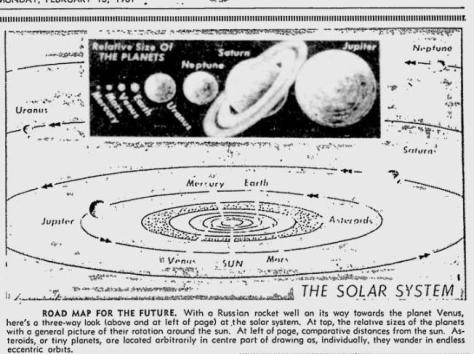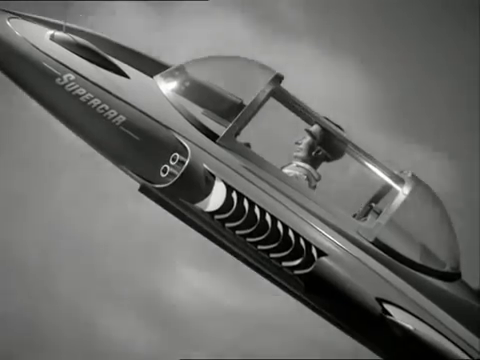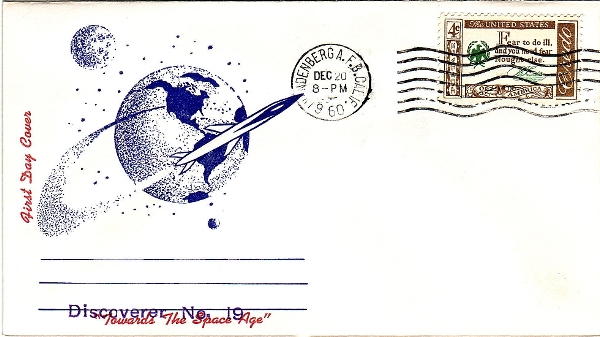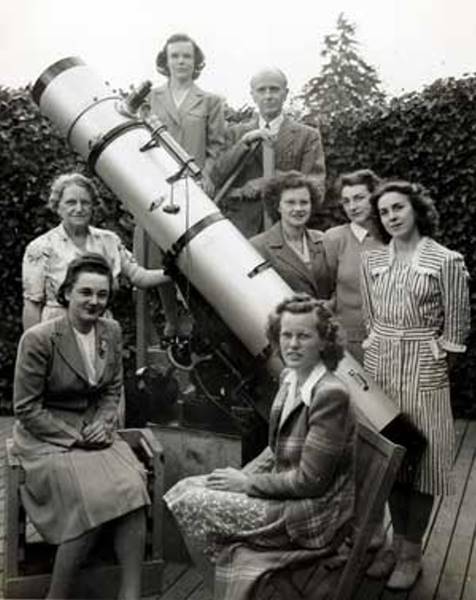
Before we move on to the latest Space Race update, why don't you mosey on down to your local record store and pick up a copy of Wheels, by the String-a-longs? It's a swinging tune, and it's been on the radio a lot lately. It'll keep a smile on your face even when the news threatens to be a drag.

There are good weeks and there are bad weeks. For the Space Race, this wasn't the best week.
It's been several months since the Navy got one of their Transit navigational satellites up into orbit. Last year, I raved about these little marvels that make it possible to determine one's position just by listening to the satellite's whistle (and doing a little math). Two were launched in quick succession, and it seemed a constellation would be established in short order.
But the third Transit (and its piggyback Solrad probe) failed to launch last November, and its replacement, Transit 3B, had a booster malfunction that stuck it in an eccentric, relatively useless orbit. In attendance at the ill-fated launch were two of the three Mercury astronauts who have been chosen to make the first manned flights: Alan Shepard and John Glenn (Gus Grissom was in Bermuda). When asked for their opinions on the botched mission, they voiced their confidence in NASA's rockets.
The launch may not have been a complete bust. This Transit had a piggyback, too—the LOw Frequency Transmission through the Ionosphere (LOFTI) satellite. It will test the ability of submarines to use the VLF band (below the bottom of your AM dial) for communications. Maybe. At last report, LOFTI had not detached from Transit 3B as planned, and I don't know if either satellite will work in a Siamese configuration.

The Soviets aren't having a great time of it, either. Their Venus probe, launched two weeks ago, fizzled out some time before February 26, when it failed to respond to ground-based radio queries. Venera may not be dead, but it is certainly giving us the silent treatment. It's a shame—we will have to wait another 11 months for Venus and Earth to be favorably aligned before we see Venera 2 or its American counterpart.

To take the taste out of failure out of our mouths, let's ponder Things to Come. The Air Force has announced that its next Discoverer capsule-return probe will carry a monkey; look for that launch late next month. Also, NASA is hard at work developing the next generation lunar probe. It is called Ranger, and as its "mother" is Jet Propulsion Laboratories in Pasadena, it will have an entirely different configuration from Space Technology Laboratories' ill-fated Pioneer-Atlas series.
Fingers crossed!



































